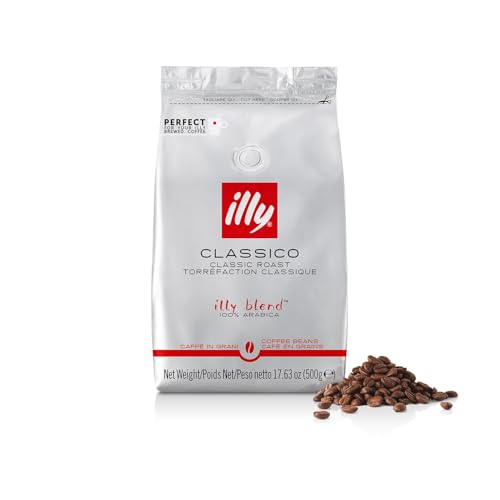For home baristas, one of the first decisions to make is whether to grind coffee beans at home or buy them pre-ground. At first glance, it might seem like a minor detail, but it can significantly impact the flavor and freshness of your brew.
Here’s what you need to know.
The Case for Grinding at Home
Freshness is king. Once coffee is ground, it begins to lose its aroma and flavor almost immediately due to oxidation.
Advantages:
- Maximum freshness: You control when the beans are ground.
- Better extraction: You can match the grind size precisely to your brewing method.
- Experimentation: Try different grind settings and beans to fine-tune your taste.
The Downsides of Grinding at Home
- Extra equipment: You’ll need a quality grinder, preferably burr-style.
- Time and effort: Grinding every morning adds a step to your routine.
- Learning curve: You’ll need to understand grind size and consistency.
The Case for Pre-Ground Coffee
If convenience is your top priority, pre-ground coffee has its appeal.
Advantages:
- Time-saving: Just scoop and brew great for busy mornings.
- No grinder needed: One less appliance on your counter.
- Affordable: Some pre-ground options are budget-friendly and easy to find.
Disadvantages:
- Loss of freshness: Flavor degrades quickly after grinding.
- Limited grind size options: Most are medium grind not ideal for espresso or French press.
- Less control: You’re locked into one grind, regardless of your brew method.
Our Take
| Preference | Recommendation |
|---|---|
| Flavor & freshness | Grind at home |
| Convenience | Pre-ground |
| Brewing variety | Grind at home |
| Casual, occasional use | Pre-ground |
What We Recommend
If you’re serious about flavor and brew regularly, invest in a burr grinder and grind fresh. Even a mid-range grinder can elevate your coffee game dramatically.
For occasional drinkers or casual setups, high-quality pre-ground coffee can still deliver enjoyable cups—just be sure to store it properly in an airtight container away from light and moisture.












